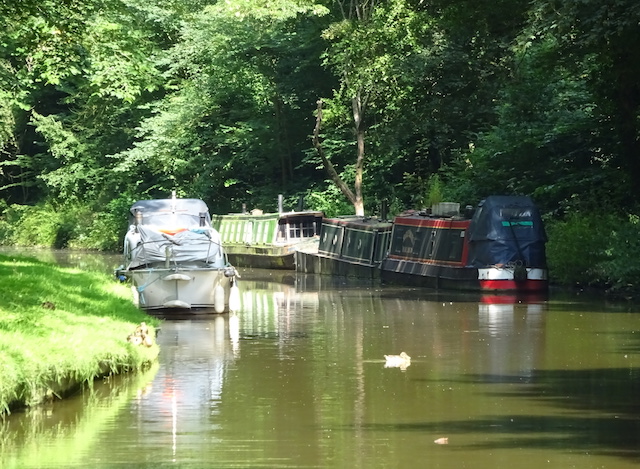Canal Boating Article: About the UK Canals

The great age of the canals began with the construction of the Bridgewater Canal and was the initiative of the third Duke of Bridgewater. He employed James Brindley, famous for his work in mills and waterwheels, to construct this canal and it was completed in 1776. After this a whole network of canals were created to meet the transportation needs of a newly industrialized country.
The traditional form of transport on the canals was the narrowboat and these were long, narrow and flat bottomed and would usually consist of a large cargo space with just a small cabin or butty for the crew and their families. The canal folk took great pride in their boats and as space was limited they made use of every space and surface. They wanted the boats to be bright and attractive as possible and they covered almost every item they owned in the famous folk art work of Roses and Castles.
In the UK just about every inland waterway will have some type of lock and these are devices for raising and lowering boats between stretches of water. Some locks are operated or supervised by professional Lock Keeper but when you have to operate them yourself this adds to the fun of travelling on the waterways.
Bridges come in all shapes and sizes and depending how elaborate they are would determine the wealth of the landowner whose land the canal cut across. Consequently simple bridges were built linking fields and farm land but more elaborate structures were built on country estates.
Tunnels were dug by "Navvies" who would begin digging at both ends with the idea that they would meet in the middle, but this did not always happen and some canal tunnels have kinks in them. Some tunnels did not have a tow path running through them and in these cases the horse had to be led over the top of the tunnel and the boat “Legged” through by the hard working crew.
Aqueducts were built to carry water and one of the greatest aqueducts is the Pontcysyllteon the Llangollen Canal in Wales. Built by Thomas Telford and William Jessop it is 1000 feet long and spans the Dee Valley at a height of 125 feet.
Lifts were designed as a means to transport boats from one level to another and these were some of the most magnificent constructions on the canals. The Anderton lift was built by Edwin Clark in 1875 to lift boats the 50 feet from the River Weaver to the Trent and Mersey. The Falkirk Wheel in Scotland is world's first and only rotating boat lift and it links the Forth and Clyde Canal to the Union Canal.
The decline of the canals began at the end of the 18th century with the coming of the railway and they soon fell into disrepair. Today however due to a restoration programme the canals offer a whole new era in the leisure industry. Holidays on the canals are becoming more and more popular and narrowboats are now designed to give you the up most comfort. As more and more people enjoy cruising the waterways then more of the canals and their unique structures are being restored to their former working glory.
With a Canal Boat holiday you choose your own itinerary stop when you want to stop and go when you want to go. Moor where you want either in a peaceful country village for a pub lunch or in a large city for the shopping or the nightlife. As you travel through spectacular countryside you can choose to visit a state of the art science museum or an ancient ruined castle steeped in history and legend.
Nature is abundant on the canals and you will be right in the midst of it all on your canal boat holiday. Try and spot a flash of blue as the Kingfisher darts past your boat or watch as the majestic swans swim by. Listen carefully and the only sounds you will hear will be the humming of the bumble bee or early morning bird song.

